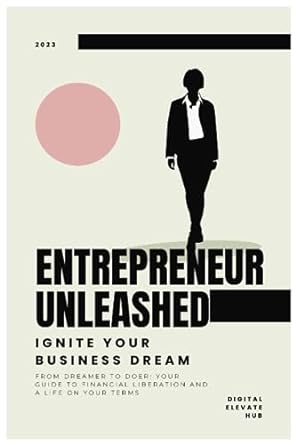Question
Assignment: In this chapter, we learned that teams can help organizations be more effective, productive, and innovative. Compared to the past, teams now have more
Assignment:
In this chapter, we learned that teams can help organizations be more effective, productive, and innovative. Compared to the past, teams now have more authority and may be self-managed. Teams come in several shapes and sizes, including work teams, project and development teams, parallel teams, management teams, transnational teams, and virtual teams.
Read this short scenario paying particular attention to the questions at the end of the scenario. You should assume that you have been a long-time advisor with the Excel organization, and they are seeking your advice.
DISCUSSION QUESTIONS
- What went wrong in the formation of the Green Team? What should Excel Pro have done differently?
- What conditions contribute to this team's cohesiveness? What reduces cohesiveness?
- What do you think of the points plan? How should Excel Pro's management help the Green Team manage its conflict?
Help Excel determine how best to be successful using the three questions as guides in your thinking. Be prepared to justify your allocations and critique the allocations of your classmates.
Read the scenario carefully and develop your position using supporting arguments from the text reading material. You must outline your position clearly. Any questions at the end of the scenario are suggestions to prompt your thinking and do not need to be answered in sequence.
Based in Alabama, Excel Pro Drilling Systems sells drilling equipment around the world. Its factories in Brazil, China, the Czech Republic, India, and South Africa run three shifts to keep up with strong demand in developing nations. Excel Pro enjoys profitability, but environmental groups have expressed concern about its impact on climate change. As executives explored their response, they saw that achieving more sustainable resource use also could make the company more efficient and create a more favorable business environment for the long term.

The executives decided to form a group called the Excel Pro Green Team, made up of representatives in each of its locations. Each facility's managers chose three employees, one each from engineering, production, and finance, with leadership skills, English-language ability, and interest in the topic of environmental sustainability. These 18 employees formed the Green Team.
To save money as well as fuel, the Green Team operates as a virtual team. Its members meet by video conferencing once a month. Between meetings, they share thoughts via e-mail and in a social-media-style page Excel Pro created for this purpose.
Initially, all the Green Team members were enthusiastic. The Czech and Brazilian representatives even came to the first meeting with specific ideas. Other team members were inspired to prepare ideas for the next meeting, but several were concerned that the team needed a plan establishing goals and a timeline before the team addressed specific actions. Most of the third meeting was devoted to debating whether to establish an action plan or refine the ideas already submitted. Frustrated, the South African representatives took one idea to their facility's management for approval and began to implement it without telling the rest of the team.
By the fourth meeting, the representatives in India and the Czech Republic were openly complaining that meetings were always scheduled at times convenient for the headquarters employees. The Chinese team members agreed; in fact, one had quietly stopped attending meetings, although she did continue to participate in the exchange of e-mail ideas. The debate about whether headquarters should always schedule meetings lasted for 45 minutes, after which no one was in any mood to discuss sustainability.
Two of the Alabama team representatives took their frustration to their managers. The executive team investigated and decided the team needed to be unified behind a common goal. They directed the team to present three resource-saving ideas by the end of the year, and they offered a reward system to promote teamwork. The team members are each allocated 100 points a month. Whenever one team member appreciates another's actions, he or she gives that person points. All team members' point scores are viewable by the whole team at a shared website. At the end of the year, the points earned by each employee will be exchanged for cash rewards in the local currency. The executives hope the program will motivate greater cooperation.
Step by Step Solution
There are 3 Steps involved in it
Step: 1

Get Instant Access to Expert-Tailored Solutions
See step-by-step solutions with expert insights and AI powered tools for academic success
Step: 2

Step: 3

Ace Your Homework with AI
Get the answers you need in no time with our AI-driven, step-by-step assistance
Get Started


